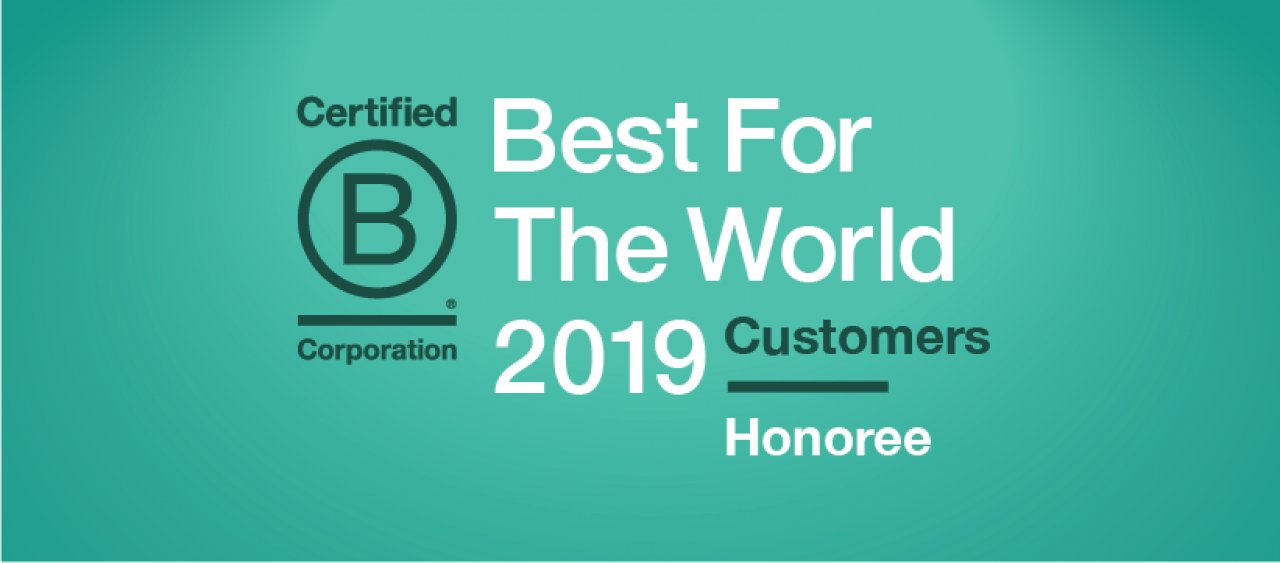Every year, B Lab recognizes the top-performing Certified B Corporations around the world. For the second year in a row, Hovione is in the top 10% list of all B Corps that are best for Customers.
As an honoree, Hovione are a top-performing B Corp proving that competing not only to be best in the world but best for the world is a winning strategy.
Hovione has earned a place on the 2019 Best for the World list by scoring in the top 10 percent among all B Corps on the B Impact Assessment. Best for the World lists are segmented by:
- Best Overall
- Best for Workers
- Best for Communities
- Best for the Environment
- Best for Customers
- Best for Governance
We recall that in last June 2017 Hovione became a Certified B Corp at the B Corp Summer Summit.
Hovione was the first Chemical/Pharmaceutical Company to integrate this innovative community of companies that use the power of business to solve social an environmental problems.


